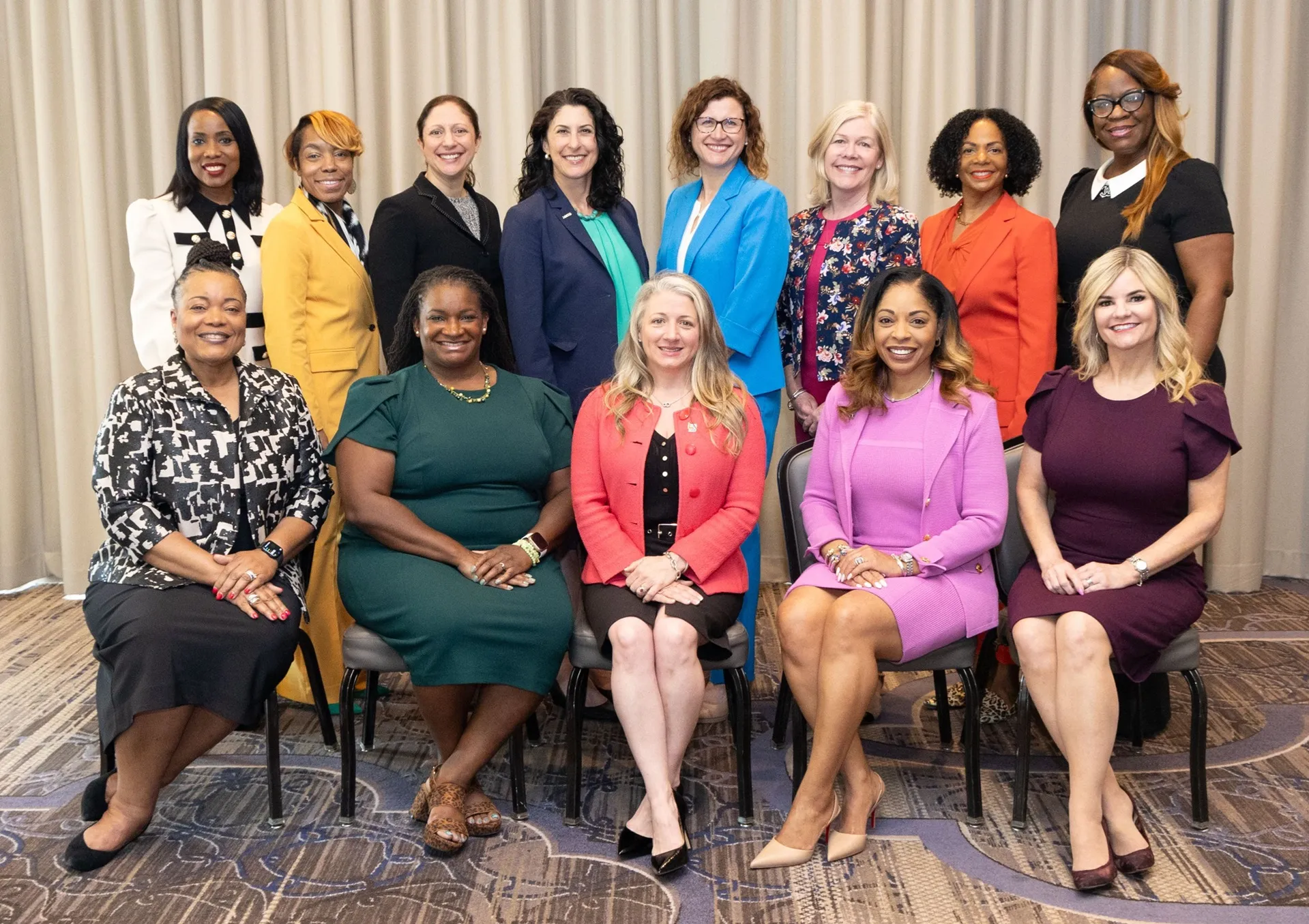With less than three months until the 23rd World Congress on Intelligent Transport Systems, in Melbourne, 10 -14 October 2016, the congress programme has added further insight from Australian and international speakers across a range of subjects.
Following the recent confirmation of Jack Dangermond, founder and president of mapping technology company Esri as a keynote plenary speaker, Matthew Cole, president of US based Cubic Transportation Systems will participate in the Mobility as a Service Plenary se
July 25, 2016
Read time: 2 mins
With less than three months until the 23rd World Congress on Intelligent Transport Systems, in Melbourne, 10 -14 October 2016, the congress programme has added further insight from Australian and international speakers across a range of subjects.
Following the recent confirmation of Jack Dangermond, founder and president of mapping technology company50 Esri as a keynote plenary speaker, Matthew Cole, president of US based 378 Cubic Transportation Systems will participate in the Mobility as a Service Plenary session.
Keynote speaker for the session is Jeroen Wiemar, chief executive officer, Public Transport Victoria. Other participants are Xiaojing Wang, chair, China ITS Industry Alliance; Richard Harris, director Communications and Marketing Transportation and Government International Public Sector,4186 Xerox UK and Martin Matthews, secretary for Transport and chief executive, Ministry of Transport, New Zealand. Dean Zabrieszach, chief executive, HMI Technologies will moderate the session.
Hamad Banouar, vice president of Business Development and Government Relations at119 Sensys Networks, USA, is another addition to the congress speaker program.
Banouar will present in the Smart Cities Plenary Session and will be joined by Jack Dangermond; Men Leong Chew, chief executive, Land Transport Authority, Singapore; Mike Mrdak, secretary, Department of Infrastructure and Regional Development, Australian Government, with Neil Scales, director general, Queensland Department of Transport and Main Roads as moderator.
The Congress also boasts more than a dozen technical tours designed to showcase the innovative features of Australia’s transport system. One such example will be a tour at the Australian Automotive Research Centre, the largest independently owned and operated automotive testing facility along Australia’s iconic ‘Great Ocean Road’ at Anglesea.
Following the recent confirmation of Jack Dangermond, founder and president of mapping technology company
Keynote speaker for the session is Jeroen Wiemar, chief executive officer, Public Transport Victoria. Other participants are Xiaojing Wang, chair, China ITS Industry Alliance; Richard Harris, director Communications and Marketing Transportation and Government International Public Sector,
Hamad Banouar, vice president of Business Development and Government Relations at
Banouar will present in the Smart Cities Plenary Session and will be joined by Jack Dangermond; Men Leong Chew, chief executive, Land Transport Authority, Singapore; Mike Mrdak, secretary, Department of Infrastructure and Regional Development, Australian Government, with Neil Scales, director general, Queensland Department of Transport and Main Roads as moderator.
The Congress also boasts more than a dozen technical tours designed to showcase the innovative features of Australia’s transport system. One such example will be a tour at the Australian Automotive Research Centre, the largest independently owned and operated automotive testing facility along Australia’s iconic ‘Great Ocean Road’ at Anglesea.









